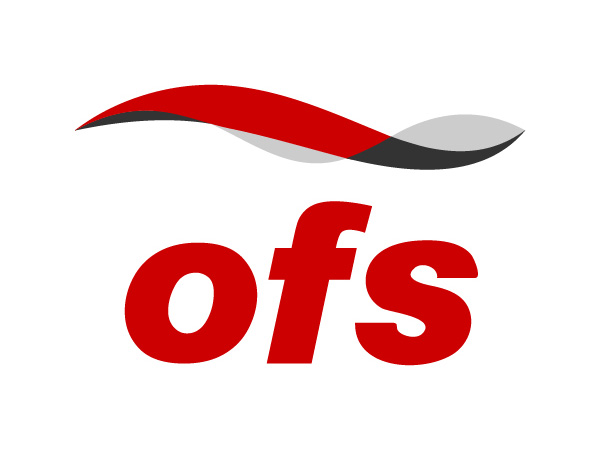A Miniature Turnaround for Distributed Temperature Sensing
Leave a CommentFiber optic distributed temperature sensing systems (DTS) are valuable tools used for a broad range of applications, including the monitoring of hydrologic systems and power cables, and the detection of pipeline leaks. In many fiber optic DTS systems, a dual-ended configuration can correct the temperature measurement error associated with wavelength dependent loss (WDL) of the optical […]
Testing Bend-Insensitive Multimode Fiber Links
Leave a CommentEnterprise networks and data centers around the world are increasingly installing bend-insensitive OM3 and OM4 Multimode Fibers. These fibers interoperate well with the embedded base of multimode fiber. However, if a link is not characterized properly, misleading test results can occur. In BICSI’s ICT Today magazine, Dave Mazzarese describes how to properly measure the channel insertion […]
GigaNet – Forward to the Future!
Leave a CommentOFS recently helped to deploy a turnkey Fiber-to-the-Home (FTTH) network in the City of Sandy, Oregon. This new network brings 1 GB/s broadband service to approximately 3,500 residents via SandyNet, the internet service provider (ISP) owned by the community and operated by the city since 2003. Sandy is only one of many communities across the nation that have deployed […]
Riding the Winds of Change
Leave a CommentWith the opening next week of the 2015 American Wind Energy Association (AWEA) Windpower Conference, fiber optics and wind power are particularly timely topics. According to Industrial Marketing Analyst Natalia Juhasz, people often fail to realize that the many uses of optical fiber include industrial networking, such as control systems for wind power. In fact, […]
Choosing the Right Fiber for In-Building Applications
Leave a CommentNetwork owners are increasingly converting their data center and enterprise telecommunication/data communication systems from copper cabling to optical fiber. Because these applications have shorter overall spans and often use connectors instead of splices, they differ from what is typically seen in long-haul, metropolitan and access deployments. As the use of optical fiber continues to grow […]
Supporting the Nation’s “Most Wired and Connected” State
Comments Off on Supporting the Nation’s “Most Wired and Connected” StateThe employees of OFS recently reflected on our role in successfully deploying a massive network that makes Maryland the most “wired and connected” state in the nation 2015. In this project, nine Maryland governmental jurisdictions joined forces to form The One Maryland Inter-County Broadband Network (ICBN). ICBN then partnered with the State of Maryland to […]
Taking Multimode Fiber into the Future
Leave a CommentOFS recently showcased technology developments in multimode fiber transmission at OFC 2015. Our live demonstrations showcased future advances in short-reach data center interconnects and “illustrated a paradigm shift in how multimode transceivers are standardized,” according to Systems & Technology Strategy Director Robert Lingle. Looking forward, the most far-reaching impact will come from the trend of […]
Considering Next-Generation Outside Plant Optical Fibers
Leave a CommentOver time, the design of outside plant (OSP) single-mode optical fibers has evolved. Originally, these fibers operated only in the 1310 nm and 1550 nm wavelengths. Then, in the 1990’s, single-mode fibers migrated to full-spectrum performance. Today, end users value fibers that offer improved macrobend performance, backward compatibility and low attenuation. As OSP single-mode fibers continue to change, […]
OFS Proposes Defining New Multimode Optical Fiber
Leave a CommentAt the most recent TIA 42.11 Subcommittee meeting, Dave Mazzarese of OFS proposed defining a new, next-generation multimode optical fiber. This new fiber would facilitate the use of low-cost, coarse wavelength division multiplexing (CWDM) equipment on multimode fiber. The proposed fiber would not only provide up to four times the information carrying capacity of current […]
How Optical Fiber is Used in Electrical Power Systems
Leave a CommentThe electrical power industry faces numerous challenges on a daily basis. Electromagnetic interference to extremes in temperature; providing safe and reliable electricity to our homes or workplaces, power companies depend on a multitude of systems. In order to help protect their employees from dangerous high voltage while maintaining clear communication, many power companies choose fiber […]

